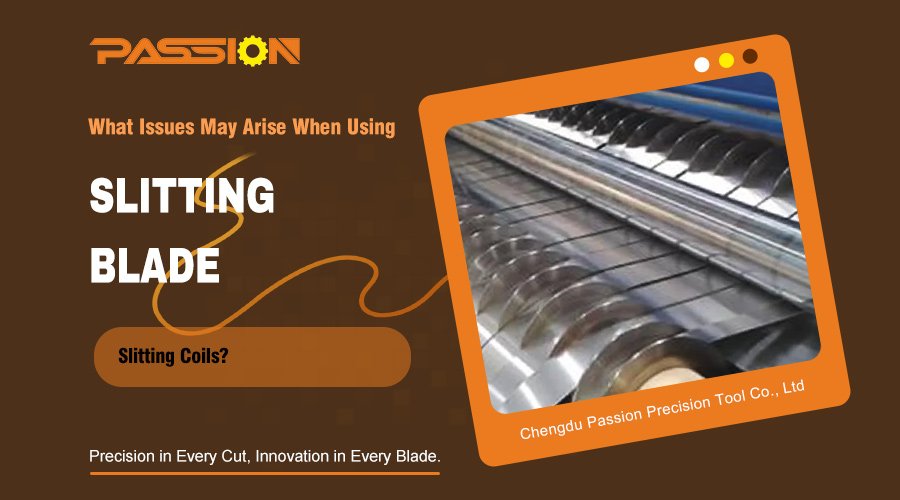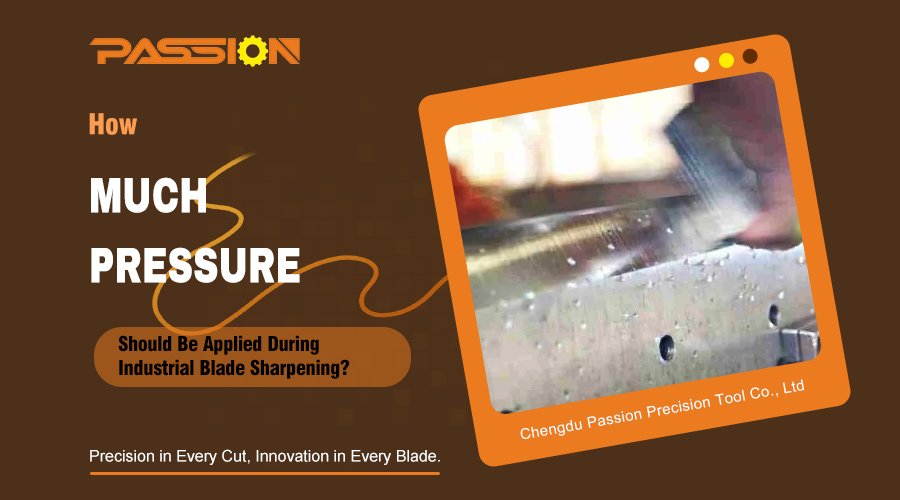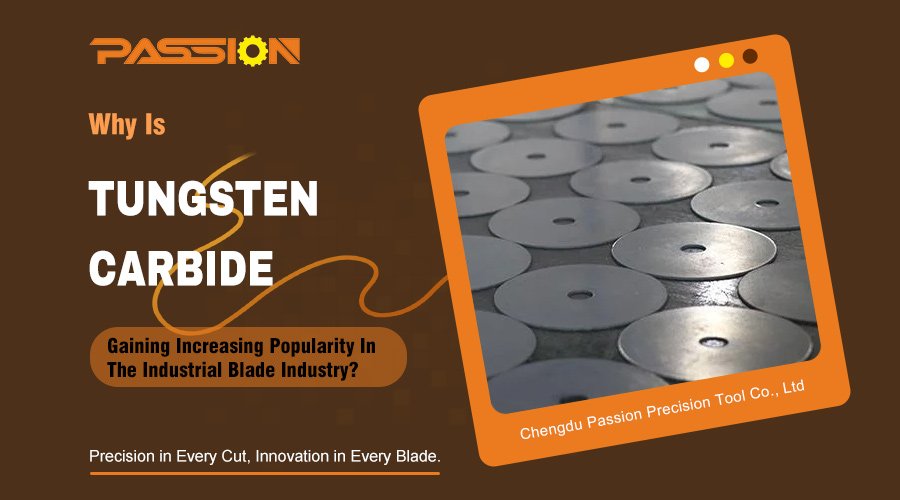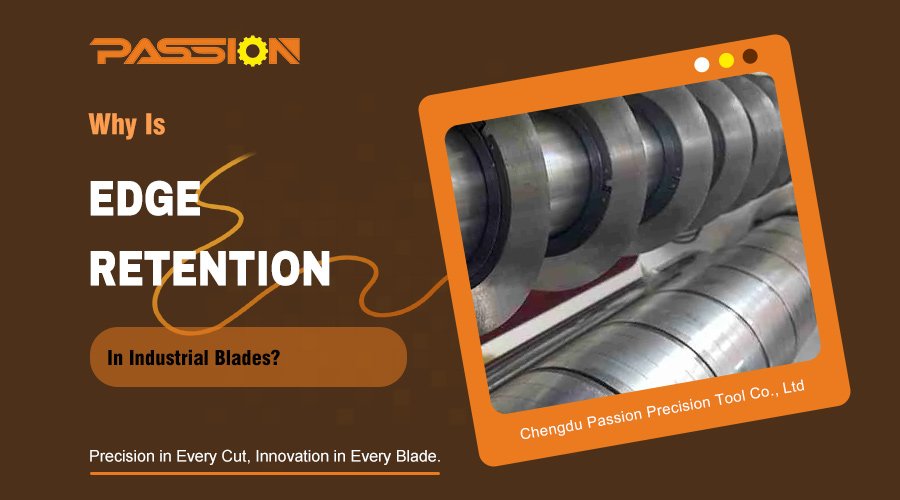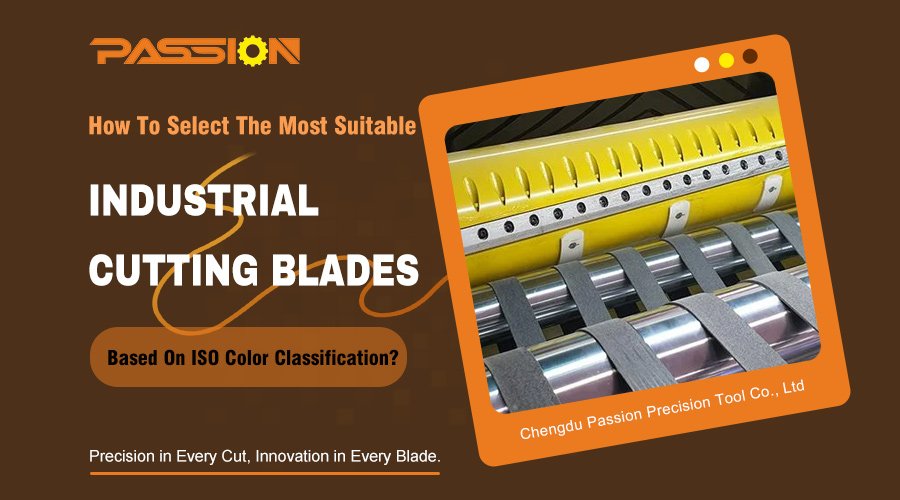When it comes to grinding wheels, there are a lot of questions about how to use them and how to be safe. One of the most common questions is, “Can you grind on the side of a grinding wheel?” That’s a good question. Grinding wheels are used all the time in industry, but they have some rules and safety things you need to know.
The answer is: No, you should not grind on the edge of a grinding wheel. Most grinding wheels are made to take pressure from the front (or outside) of the wheel, not the side. If you put pressure on the side or grind on the edge, you can make the wheel break, and that’s not safe.
Here’s why: grinding wheels are made up of little pieces of sand stuck together, but the stuff that holds the sand together is made to hold the sand when you push on it from the front, not the side. If you push on the side or grind on the edge, you can make the wheel break, and that’s not safe. Even if you can’t see it, there might be a little crack or something that can make the wheel break if you push on the side.
The safe way to grind on the edge is to use a wheel that’s made to take pressure from the side, like a cup wheel or some other kind of special wheel. Those wheels are made to take pressure from the side and not break.
In this article, we’ll talk about why grinding on the side of most grinding wheels is not safe, what you can do if you have to grind on the side, and how to grind safely in an industrial setting.
Is It Safe To Grind Using The Side Of The Wheel If The Machine Has A Work Rest To The Side?
Even if you have a work rest to the side, grinding on the side of most wheels is not a good idea unless the manufacturer says it’s okay. A work rest is something you can put next to your tool or workpiece to help hold it while you grind, but it doesn’t make grinding on the side safe. Most of the time, the safety people say you should not grind on the side of a regular wheel because it can still break and hurt you or your stuff.
To be safe, you should always look at your grinder’s book or ask the people who made it if you can grind on the side. If you have to grind on the side, like if you’re shaping something, you can use a wheel that has extra stuff on the side to make it stronger. Some big grinding machines can even use special wheels to grind on the side, but that’s not what most people use.
How To Dress The Side Of A Grinding Wheel Safely?
If you need to dress the side of a grinding wheel, it’s important to do it safely. Dressing is the process of conditioning the grinding wheel by removing buildup or debris, so the abrasive material can sharpen and expose new grains. Here’s how to dress the side of a wheel safely, assuming it is approved for side use:
1. Set Up Properly: Stand beside the grinding wheel (not directly in front) when you start the machine, so you don’t get hit with any debris if the wheel breaks.
2. Use the Right Tool: Use a diamond dresser or dressing stick that’s made for the type of wheel you have, so you keep the abrasive surface of the wheel in good shape.
3. Don’t Push Hard: When you dress the wheel, use light pressure. If you push too hard, you can damage the wheel or create uneven wear.
4. Go Side to Side: Slowly move the dressing tool back and forth across the side of the wheel, so you wear it evenly and keep it balanced.
Remember, you should only dress the side of the wheel if the wheel is rated for side grinding. If you try to dress the side of a regular wheel, you’re taking on unnecessary risks because those wheels aren’t made to handle the side forces.
What Side Of The Grinding Wheel Should Be Used To Grind Objects?
For most grinding operations, the only safe surface to use is the outer diameter (or face) of the wheel. The grinding face can handle the downward forces applied by workpieces, which are spread out evenly across the abrasive grains and bonding agents. This kind of force lets you grind efficiently and effectively without putting the wheel’s structure at risk.
To grind safely, you should check grinding wheels regularly for damage, like cracks or chips, especially around the edges. Damaged wheels are much more likely to break under stress, so you need to replace them right away. Only use grinding wheels that the manufacturer says are okay for the specific job you’re doing, because even small differences in the wheel’s structure can make a big difference in how safe and effective it is.
What Is A Side Grinding Wheel, And How Does It Differ From Standard Wheels?
A side grinding wheel is a special tool that’s made to handle lateral pressure. Unlike regular wheels, which are made for grinding in a straight line, side grinding wheels have extra bonding material that makes them able to handle the constant contact and force on the side of the wheel.
You usually use side grinding wheels in surface grinding and other applications where you need to grind with the side of the wheel. These wheels might be cup or dish shaped, so you have a flat, stable grinding surface that can handle a lot of side pressure.
When you pick a side grinding wheel, you need to look at the guidelines from the grinder manufacturer and the specs for each type of wheel. That way, you can make sure you have the right wheel for your machine and avoid the problems that come with using the wrong stuff.
How Close Should A Tool Rest And Spark Breaker Be Set To The Grinding Wheel?
Proper positioning of the tool rest and spark breaker on a grinding machine is important for safety and grinding efficiency. Generally, you want the tool rest to be close to the wheel, with a gap of about 1/8 inch (3 mm) to hold the workpiece without catching it. The spark breaker should be set up the same way, so sparks don’t fly out toward you.
If the tool rest and spark breaker are too far away from the wheel, you can get workpieces stuck in there, and they’ll jerk, slip, or maybe even shoot out. Adjusting these safety features on a regular basis also helps you stay in control of the grinding process and keeps accidents to a minimum.
Additional Safety Tips For Grinding Wheel Use
Regularly Check Them Out: Look over your grinding wheels to see if they have any cracks, chips, or other signs of wear that could mean they’re about to break.
Give Them the Ring Test: Tap the wheel lightly with something that’s not made of metal. If it clearly rings, the wheel is okay. If it makes a dull sound, it’s damaged, and you need to replace it.
Wear Your PPE: Put on your safety glasses, gloves, and whatever else you need to wear to keep from getting hurt by stuff that flies off the wheel.
Use Wheels the Right Way: Every grinding wheel has limits. If you use a wheel for something it’s not supposed to do, you’re taking on risks you don’t need to take, and you’re not going to get the best results.
Grinding on the side of a regular grinding wheel is usually not safe. Unless a wheel is made for side grinding, you can get into trouble, like breaking the wheel and getting hurt. You’re supposed to use the face of the wheel to grind, and you’re supposed to use wheels that are made for grinding on the side when you need to. You’re also supposed to do things like put the tool rest in the right place and check your wheels to make sure they’re okay. If you do all that stuff, you can grind safely and get the best results for your industrial applications.


